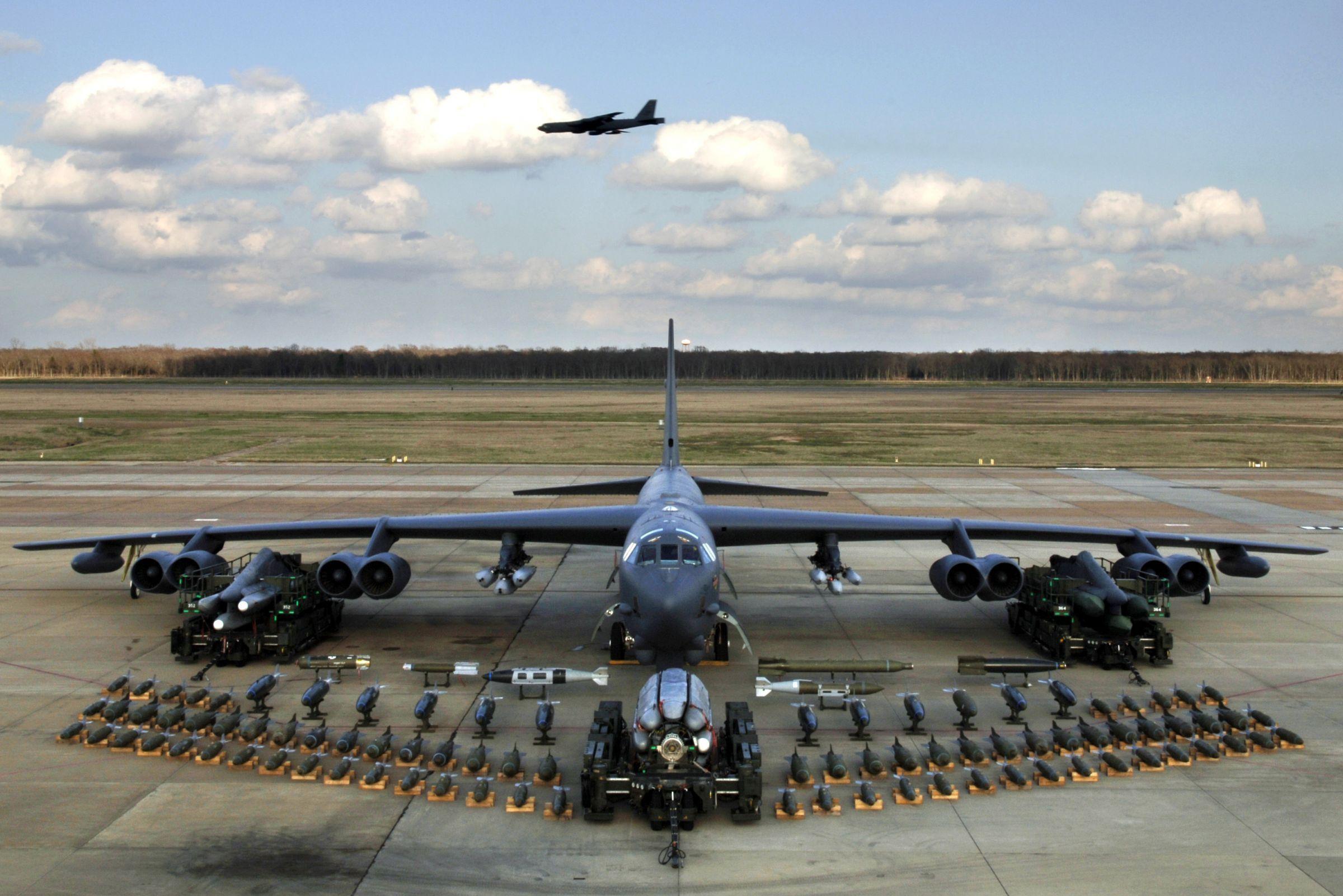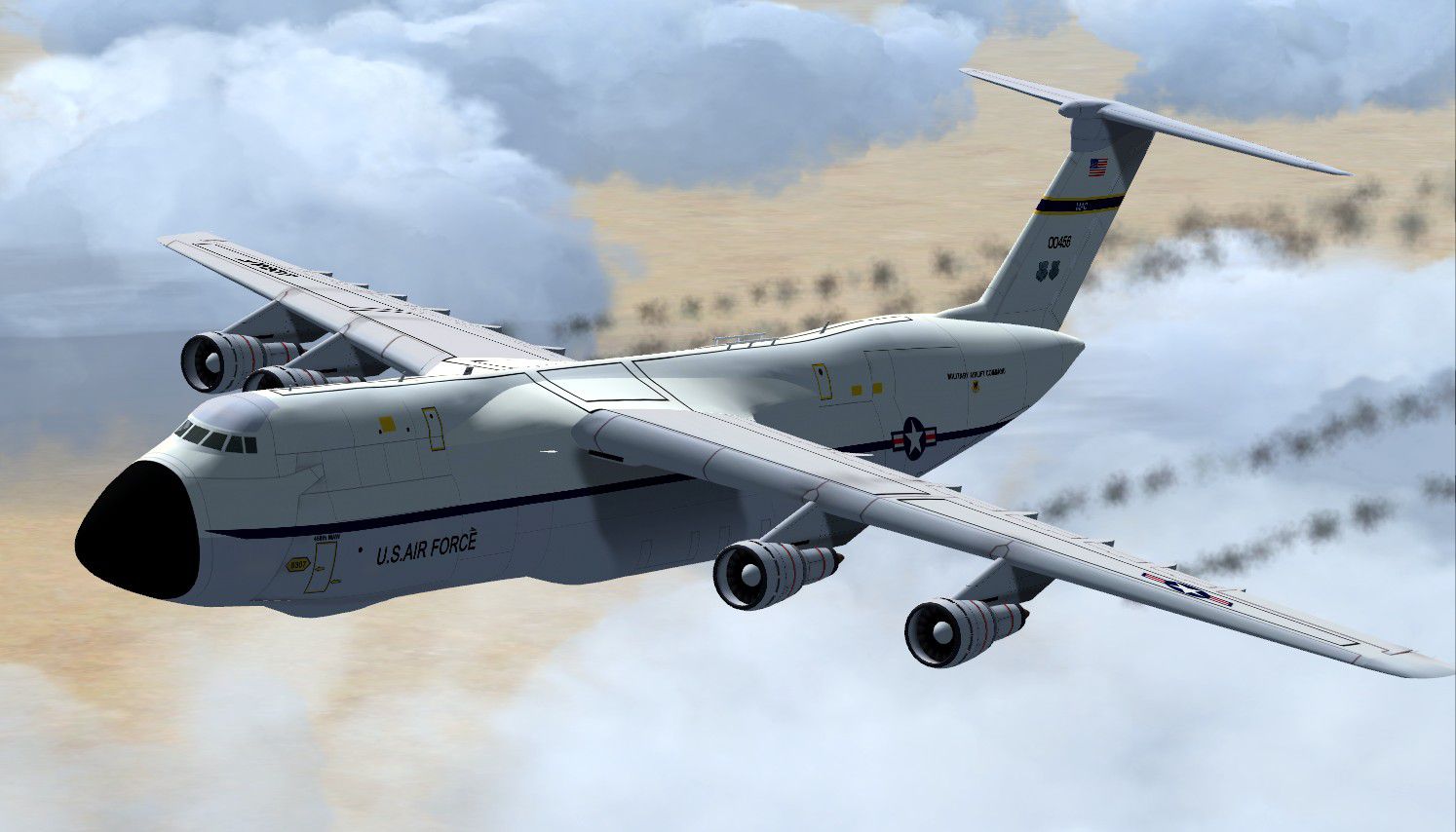C5 Galaxy Size - The Lockheed C-5 Galaxy is a large military transport aircraft designed and built by Lockheed and now maintained by its successor, Lockheed Martin. It provides the United States Air Force (USAF) with an intercontinental strategic airlift capability, capable of transporting large and bulky cargo, including all cargo. The Galaxy has many similarities with the smaller Lockheed C-141 Starlifter and the later Boeing C-17 Globemaster III. The C-5 is one of the largest military aircraft in the world.
Development of the Galaxy C-5 was difficult, including high costs, and Lockheed faced significant financial difficulties. Shortly after the end of service, several wings of the aircraft cracked and the C-5's capacity was limited until repairs were completed. The C-5M Super Galaxy is an upgraded version with new engines and upgraded airframes designed to extend its service life to 2040 and beyond.
C5 Galaxy Size

The USAF has operated the C-5 since 1969. During that time, the aircraft supported US military operations in all major conflicts, including Vietnam, Iraq, Yugoslavia and Afghanistan. During the Gulf War. Galaxy also delivered humanitarian aid, provided emergency relief, and supported the US space program.
Combatindex.com: C 5 Galaxy
In 1961, several airlines began studying plans for a heavy-lift aircraft to replace the Douglas C-133 Cargomaster and complement the Lockheed C-141 Starlifter. In addition to higher overall performance, the US military wanted a carrier aircraft with a larger bay than the C-141, whose interior was too small to carry their equipment. These studies led to the "CX-4" design concept, but in 1962 the six-engine design was rejected because it was not considered a significant improvement over the C-141.
In late 1963, the next concept design was called the CX-X. Instead of the previous CX-4 concept's six, it is fitted with four engines. The CX-X weighed 550,000 pounds (249,000 kg), had a maximum payload of 180,000 pounds (81,600 kg) and a top speed of Mach 0.75 (500 mph or 805 km/h). It is 17.2 feet (5.24 m) wide by 13.5 feet (4.11 m) high and 100 feet (30.5 m) long with front and rear access doors.
We started building the C-5 and we wanted to build the biggest thing we could… Of course, the C-5 program made a huge contribution to commercial aviation. We never take credit for it, but we encouraged this industry by developing the gene [TF39].
Requirements were finalized and a formal application for the "Heavy Logistics System" (CX-HLS) (formerly CX-X) was issued in April 1964. In May 1964, proposals for the aircraft were received from Boeing, Douglas, General Dynamics, Lockheed and Martin Marietta. General Electric, Curtiss-Wright and Pratt & Whitney suggested generators. After rejection, Boeing, Douglas, and Lockheed were awarded one-year study contracts for aircraft engines with General Electric and Pratt & Whitney.
Size Comparsion Between C 130 And C 5 Galaxy ! [960x642]
The three designs shared several features. The cockpit is positioned above the cargo area to allow cargo access through the nose door. While the Boeing and Douglas designs used a pod on the top of the plane with the cockpit, the Lockheed design extended the cockpit profile down the plane's lgth and gave it an egg-shaped section. All designs had wings as well as front and rear cargo doors allowing for simultaneous loading and unloading.
The Air Force considered Boeing's design better than Lockheed's, but Lockheed's proposal was the lowest bid.
At the time, the GE concept was revolutionary, as all previous genes had a bypass ratio of less than one, and TF39 promised to achieve a ratio of eight to one.'One, a gine worth increasing. and low fuel consumption.

Boeing lost the military contract but continued development of the successful 747 civil jet, with more than 1,500 aircraft built by 2022 after 54 years of production.
C 5m Super Galaxy Transport Aircraft, United States Of America
The first Galaxy C-5A (serial number 66-8303) rolled out of the factory in Marietta, Georgia on March 2, 1968.
On June 30, 1968, the C-5A, piloted by Leo Sullivan, began its first flight test with the call sign "eight-three-oh-three heavy." Flight tests revealed that the aircraft exhibited higher Mach drag divergence numbers than predicted by wind tunnel data. Measured maximum lift in flight with flaps deflected 40 ° was greater than predicted (2.60 vs. 2.38), but less than predicted with 25 ° (2.31 vs. 2.38 ) and with retracted flaps (1.45 vs. 1.52).
After being one of the worst programs in its early years, it has slowly and awkwardly evolved into a strategic pilot that unfortunately needs refueling. A long flight. We spent a lot of money working on unfinished planes near the front line where we never needed that capability or had any intention of using it.
The weight of the aircraft was a major issue during design and development. In the first flight, the weight was less than the safe weight, but when the 9th flight was launched, it exceeded the safe weight.
Boeing C 17 Globemaster Iii
In July 1969, during lift-off tests, the vehicle failed at 128% wing load, which was below the 150% limit load requirement. Modifications were made to the wing, but in tests in July 1970 it failed at 125% of limit weight. A weight reduction system incorporating revised ailerons was introduced, but the maximum permissible weight was reduced from 220,000 to 190,000 lb (100,000 to 86,000 kg). At the time, there was a 90% chance of reaching the fatigue life of 19,000 hours without more than 10% of the 79 aircraft breaking a wing.
Overruns and technical problems with the C-5A were the focus of congressional investigations in 1968 and 1969.
The C-5 program has the dubious distinction of being the first development program with $1 billion (equivalent to $7.4 billion today).

In 1969, Harry Durham raised concerns with his employer, Lockheed, about the C-5 production process. Then Durham was transferred and abused. The Government Accountability Office has verified some of its allegations against Lockheed. Later, Durham was awarded the Elliott-Black Award by the American Ethical Association.
Of The Largest Cargo Planes In The Sky
Ernest Fitzgerald, Deputy Assistant Secretary of the Air Force for Management Systems, was another person who did not appreciate the development of public accountability.
After testing was completed in December 1969, the first C-5A was transferred to the Transition Training Unit at Altus Air Force Base, Oklahoma. Lockheed delivered the first operational Galaxy in June 1970 to the 437th Airlift Wing at Charleston Air Force Base, South Carolina. In the 1970s, due to high development costs, the public was asked to share Lockheed's large losses. breathing
Lockheed faced financial problems due to the development of the C-5 Galaxy as well as the Lockheed L-1011, a civilian aircraft, and production was largely halted in 1971.
In the early 1970s, NASA considered the C-5 Shuttle Carrier Aircraft for the role, transporting the Space Shuttle to Kennedy Space Cter. However, they rejected it for the Boeing 747, due to the shape of the 747's lower wing.
Military Transport Aircraft Wallpaper
And as a result, C-5A aircraft were limited to 80% of their maximum payload. To reduce the weight on the wings, a load bearing system was added to the aircraft.
In the 1980s, the average peacetime cargo was limited to 50,000 pounds (23,000 kg). A $1.5 billion (equivalent to $7.1 billion today) program known as H-Mod,
After new wing designs were designed and tested, C-5As received their new wings from 1980 to 1987.

In 1974, Iran, which had good relations with the United States, offered $160 million (equivalent to $879 million today) to restart production of the C-5 so that Iran could purchase the aircraft for its air force.
C 5 Galaxy
However, Iran did not order C-5 aircraft, and the 1979 Iranian Revolution ended that hope.
As part of President Ronald Reagan's military policy, funding was provided to expand the USAF's capabilities. With the C-17 program still several years away from completion, Congress approved funding for a new version of the C-5, the C-5B, in July 1982 to expand the aircraft's capacity.
The first C-5B was delivered to Altus Air Force Base in January 1986. In April 1989, the last 77 of the 50 C-5B aircraft were delivered to the C-5A Air Force structure. The C-5B incorporates all the C-5A improvements and many additional system changes to improve reliability and maintainability.
In 1998, the Avionics Upgrade Program (AMP) began upgrading the C-5's aircraft to include a glass cockpit, navigation instruments, and a new autopilot system.
Lockheed C5 Galaxy
Another part of the C-5 modernization effort is the Reliability Enhancement and Reignition Program (RERP). The program replaced genes with new and more powerful genes.
A total of 52
C5 galaxy size comparison, c5 galaxy airplane, c5 galaxy model, galaxy c5, c5 galaxy model kit, c5 galaxy cockpit, c5 galaxy toy, c5 galaxy model airplane, c5 size, samsung galaxy c5, rc c5 galaxy, c5 super galaxy
0 Comments